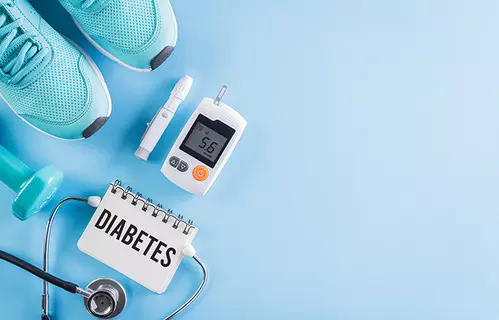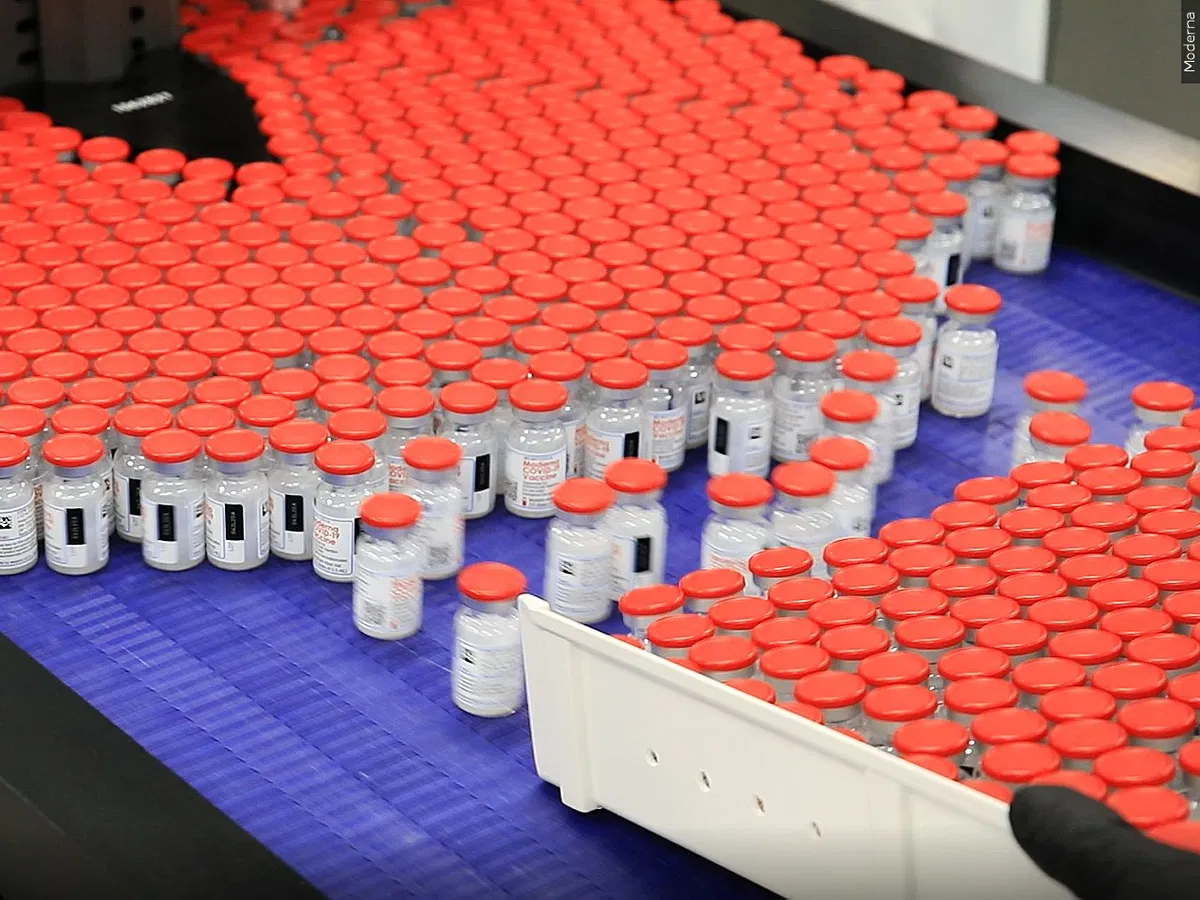AIP associated with risk of developing T2DM in women with gestational diabetes history: Study
By Dr. Kamal Kant Kohli,Jacinthlyn Sylvia
Copyright medicaldialogues

A new study published in the journal of BMC Diabetology and Metabolic Syndrome revealed that the risk of developing type 2 diabetes mellitus (T2DM) was 5-times greater for women with a history of gestational diabetes mellitus (GDM) who were in the highest quartile of the atherogenic index of plasma (AIP). The logarithmic ratio of triglyceride (TG) to high-density lipoprotein cholesterol (HDL-C) levels is used to compute the AIP, a unique lipid metric. AIP was first suggested as a marker for atherosclerosis and cardiovascular disease risk prediction, but more recently, it has been discovered to be strongly linked to insulin resistance, metabolic syndrome, and the onset of T2DM. Its function in women with a history of GDM, a particular high-risk group, is yet unknown, nevertheless. Thus, this study looked at the connection between the prevalence of type 2 diabetes in women with a history of GDM and the AIP. Data from 4,690 parous women who were stratified by GDM history from the 2007–2018 National Health and Nutrition Examination Survey (NHANES) were used in a cross-sectional study. To assess the relationship between the AIP and T2DM in women with a history of GDM, multivariate logistic regression models were used. To investigate effect modification, subgroup analysis and interaction tests were conducted within the GDM group. The linearity of the relationship between the AIP and the prevalence of type 2 diabetes was evaluated using restricted cubic spline (RCS) models. To find out if the AIP score mediated the association between GDM history and T2DM, mediation analysis was also performed. Elevated AIP levels were substantially linked to a greater incidence of T2DM in women with a history of GDM. Across AIP quartiles, a dose-response association was found, and women in the highest quartile had a significantly higher risk (adjusted OR = 5.01, 95% CI: 1.89, 13.25, p < 0.01). In this cohort, AIP and T2DM were found to be linearly associated by RCS analysis. Additionally, mediation analysis showed that the AIP accounted for 8.0% of the overall impact (95% CI: 5.1–12.5%), partially mediating the link between GDM and T2DM.Overall, as of the now, no biomarker for clinical risk categorization of T2DM after GDM has been developed. These results show that among women with a history of gestational diabetes, the AIP significantly correlates with the risk of type 2 diabetes. Source:Sheng, Y., Cun, D., Chen, Y., Hu, X., Zhang, X., Sun, X., & Song, S. (2025). Association between atherogenic index of plasma and type 2 diabetes in women with a history of gestational diabetes mellitus: a cross-sectional study. Diabetology & Metabolic Syndrome, 17(1), 344. https://doi.org/10.1186/s13098-025-01914-2



